Published July 2025

As Digital Public Infrastructure (DPI) gains global momentum as tools for inclusive digital transformation, public conversations can ensure that they are deployed in ways that safeguard human rights and keep citizen interests at the center. In this context, a closed-door workshop at RightsCon 2025 (Taipei, Taiwan) was convened, bringing together a diverse group of stakeholders from civil society, academia, and the private sector across over 10 countries. The workshop was co-organized by The Quantum Hub (TQH), the National Institute of Strategic Resilience (NISR), and Access Now.
The objective of the workshop was to deepen international discourse around trust and DPIs through candid reflection, dialogue, and shared learning across countries. Through a critical approach, the workshop aimed not to dismiss the potential of DPIs, but to strengthen it. By interrogating gaps in existing systems, participants hoped to advance a more resilient and inclusive DPI ecosystem that truly serves public interest.
The workshop explored four key themes:
- User Choice, Grievance Redressal, Accountability, and Safety:
- Data Privacy Concerns and Responsible Data Sharing:
- Fair Private Sector Participation:
- Responsible Rollout and Equitable DPI Design:
DPI systems often lack robust accountability mechanisms, particularly in areas with low digital literacy and fragmented regulatory systems. Therefore, the mandatory use of technologies in welfare delivery can result in exclusion and data misuse. Participants emphasized the need for effective grievance redressal systems, clear institutional structures, and user-centric design.
Current consent-based privacy models place a disproportionate burden on individuals, limiting their effectiveness. Participants recommended a shift towards use-based governance, proportional data sharing, along with systemic safeguards and greater public accountability, especially where intermediaries manage consent. They emphasized that privacy and security by design must become default standards in DPI systems, requiring solution providers to embed protections from the outset.
Private innovation is important, but unregulated market entry can lead to monopolistic control, market concentration, and conflicts of interest. Participants raised concerns about “open-washing”, where claims of openness are not backed by transparent or interoperable systems. The discussions called for clear governance standards, sustainable open-source models, and capacity building to balance market participation with public interest.
Trust in DPI systems can be strengthened through community engagement, transparency, and inclusive governance. Participants explored how ownership models of DPIs – state-led, public-private partnerships, or nonprofit – impact citizen trust. They advocated for citizen-led consultations and proactive accountability mechanisms.
Overall, the workshop highlighted the need to move beyond techno-solutionism and focus on local realities, especially for marginalized groups, towards decision-making for DPIs. It called for public debate on key questions: How should DPI grievances be addressed? Who safeguards data privacy in systems of mandatory participation while mitigating the risks of exclusion? What ownership and governance models uphold citizen rights? When is DPI truly the right solution?
These questions offer a roadmap for public debate and policymaking that can help ensure that DPI systems are not only scalable but also measurable, accountable, and firmly rooted in people-centric values.




 The proposal to access an individual’s ‘virtual digital space’ raises significant concerns about privacy, overreach, and surveillance.
The proposal to access an individual’s ‘virtual digital space’ raises significant concerns about privacy, overreach, and surveillance.


 Around half a decade ago, one of the co-authors of this article was invited by then secretary, Department of Disability Affairs, for a vision setting exercise for the department for the next 25 years. The co–author made a strong argument that while the Department continues to function as a nodal agency, disability cannot be limited to just one department. Disability is an intersectional issue and we need disability experts in each ministry.
Around half a decade ago, one of the co-authors of this article was invited by then secretary, Department of Disability Affairs, for a vision setting exercise for the department for the next 25 years. The co–author made a strong argument that while the Department continues to function as a nodal agency, disability cannot be limited to just one department. Disability is an intersectional issue and we need disability experts in each ministry.
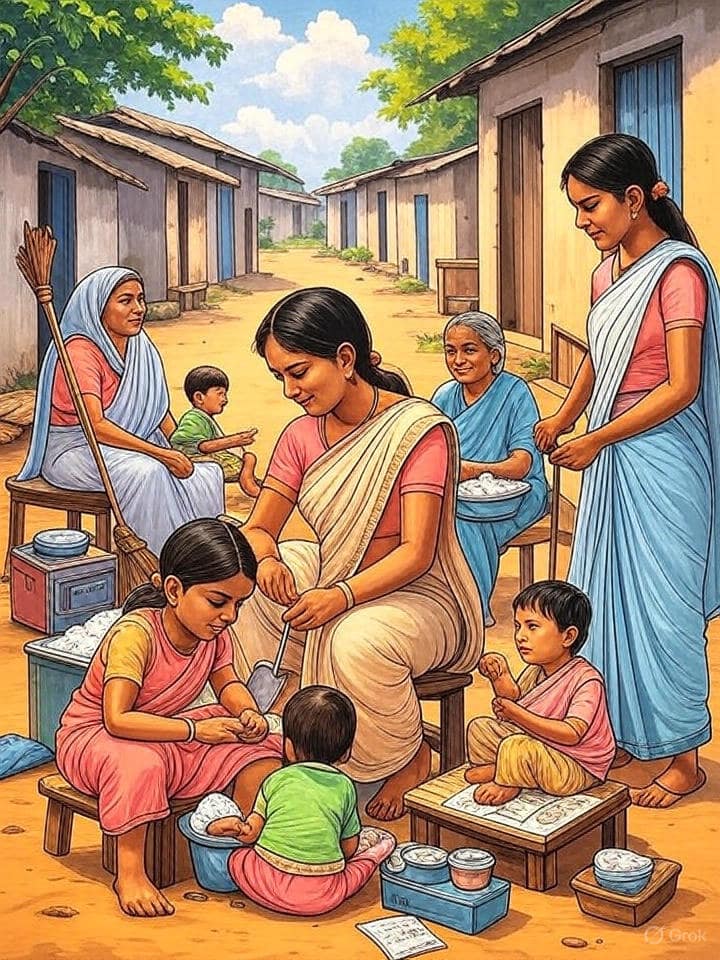

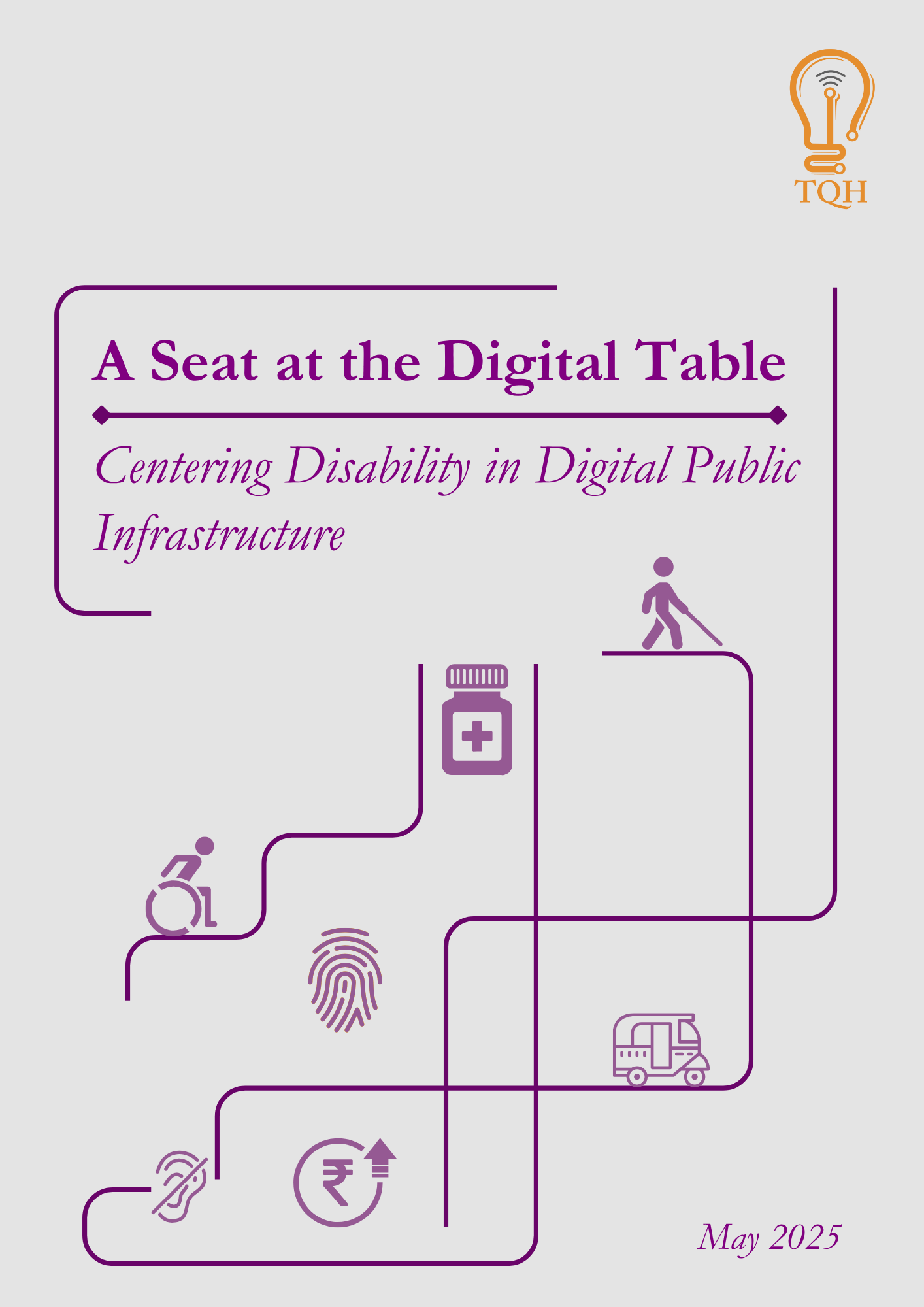

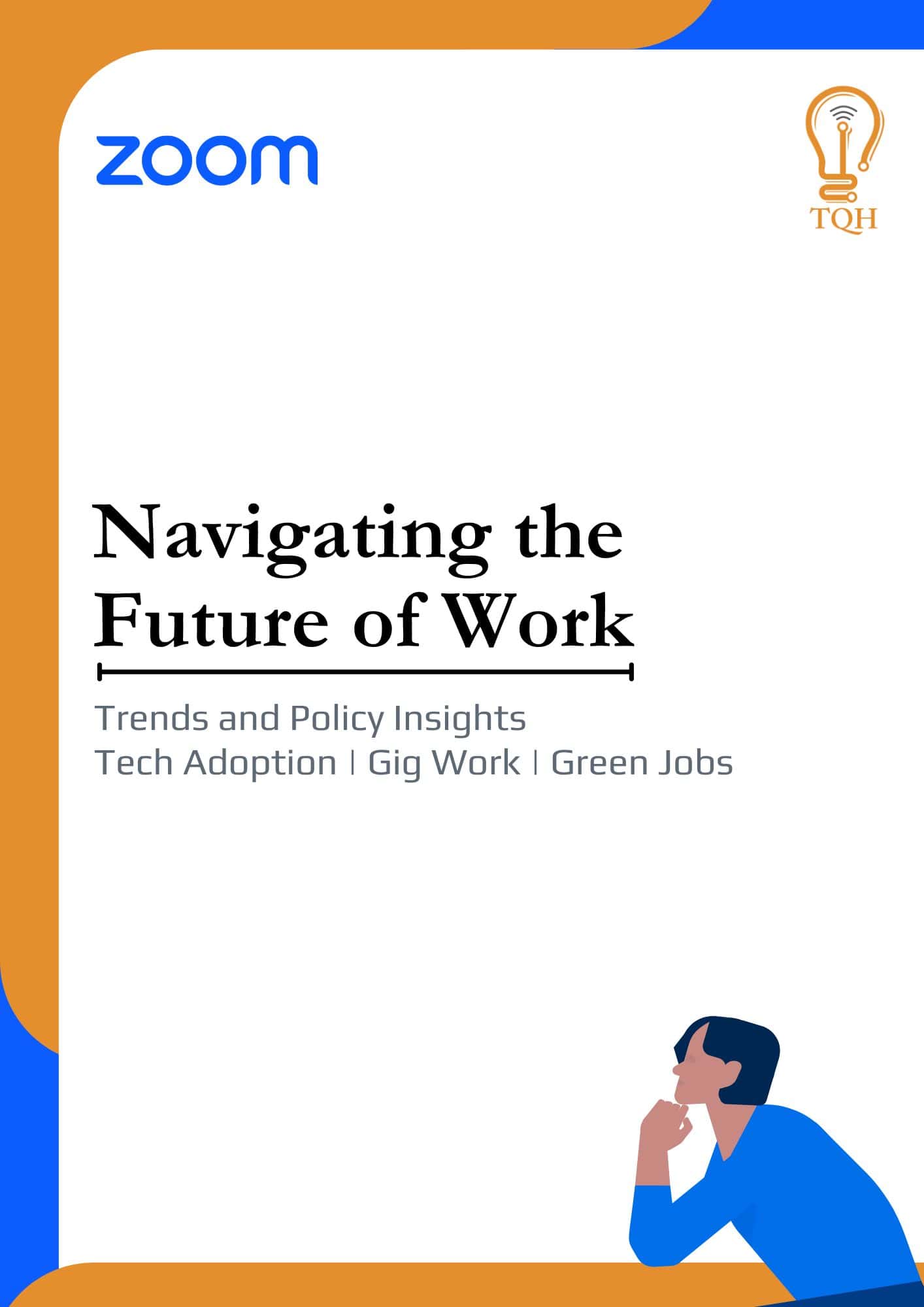

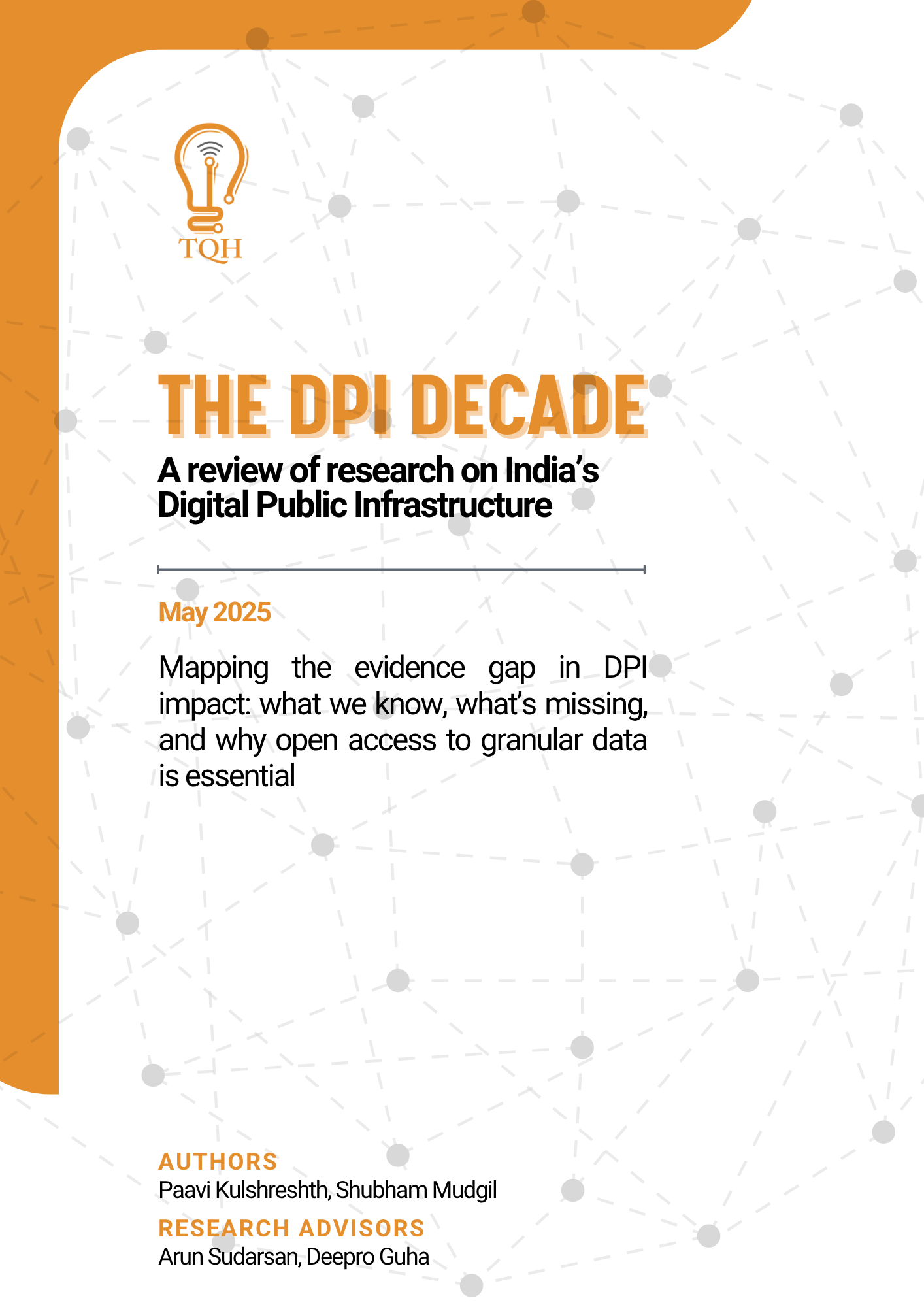

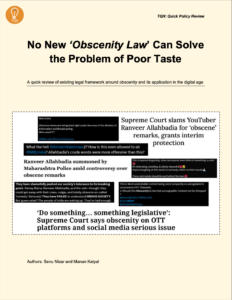


 In an unprecedented move, Australia in its effort to protect children from online harms amended its Online Safety Act to prohibit access to social media platforms for those under the age of 16. Last week, this was a trending topic in many Indian parent communities with some arguing that India should perhaps consider a similar policy. However, it is likely that well-meaning parents have not considered unintended consequences of such a move.
In an unprecedented move, Australia in its effort to protect children from online harms amended its Online Safety Act to prohibit access to social media platforms for those under the age of 16. Last week, this was a trending topic in many Indian parent communities with some arguing that India should perhaps consider a similar policy. However, it is likely that well-meaning parents have not considered unintended consequences of such a move.